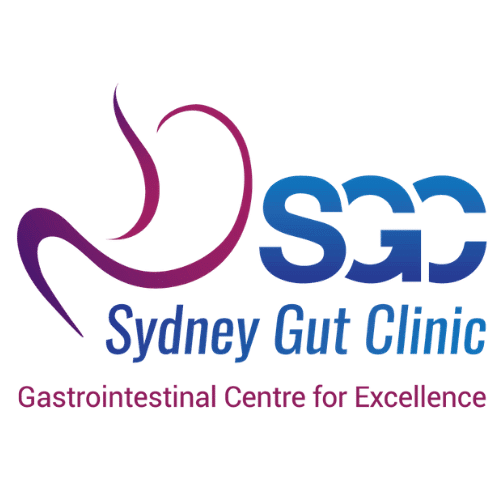Acid reflux diet: what to eat for acid reflux
Find out how you can bring acid reflux symptoms under control with the right diet.
Acid reflux diet: what to eat for acid reflux
Find out how you can bring acid reflux symptoms under control with the right diet.
Acid reflux is a condition experienced by about 20% of Australians at least once a week.
It occurs when the oesophageal sphincter muscle—a circular muscle between the oesophagus and the stomach—doesn’t function properly, allowing stomach contents to flow back into the oesophagus.
This causes a burning sensation, leading to discomfort while engaging in day-to-day activities.
The exact causes that trigger acid reflux are unknown and adopting a healthier lifestyle and diet may help manage this common gastrointestinal under control.


Food to include in an acid reflux diet
High-fibre food
Food that’s rich in fibre may help make you feel full, this can prevent you from overeating and prevent stomach contents from flowing back into the oesophagus.
Some high-fibre food items you can include in your acid reflux diet include:
- Root vegetables, like sweet potatoes
- Green vegetables, like broccoli
- Oatmeal
Alkaline food
Food items with high alkalinity levels are a good addition to a diet for acid reflux, as they are less acidic and may help neutralise stomach acids.
Here are some high alkaline food items you can add to your diet:
- Fennel
- Bananas
- Almonds
- Fish
Before trying out any of these types of food, consult with a gastrointestinal doctor.
Lifestyle changes to help control acid reflux
Aside from following an acid reflux diet, you can manage acid reflux symptoms by adopting a few lifestyle changes:
Eat small meals
Having small meals throughout the day instead of three large meals may help prevent the stomach from becoming too full, reducing the probability of stomach content flowing back into the oesophagus.
Stay upright after a meal
Avoid laying down on your back after having a meal, as this may cause stomach contents to flow into the oesophagus more easily. Also, have dinner at least three hours before going to bed.
Take medication
Medications like antacids and H2-receptor blockers can help provide relief from acid reflux. That said, consult your gastrointestinal specialist before taking any over-the-counter medications.
Eat small meals
Having small meals throughout the day instead of three large meals may help prevent the stomach from becoming too full, reducing the probability of stomach content flowing back into the oesophagus.
Stay upright after a meal
Avoid laying down on your back after having a meal, as this may cause stomach contents to flow into the oesophagus more easily. Also, have dinner at least three hours before going to bed.
Take medication
Medications like antacids and H2-receptor blockers can help provide relief from acid reflux. That said, consult your gastrointestinal specialist before taking any over-the-counter medications.
Visit the Sydney Gut Clinic
At the Sydney Gut Clinic, we have a team of specialists who are experienced in treating various gastrointestinal conditions.
If you’ve been experiencing acid reflux and heartburn, speak with our team for treatment and support, and for recommendations for a diet for acid reflux.
You can find the Sydney Gut Clinic at the Alexandria Specialist Day Hospital.
FAQs
Is acid reflux a chronic condition?
Acid reflux is indeed a chronic condition, and in most cases, it may be life-long.
Is acid reflux life-threatening?
By itself, acid reflux is not a life-threatening condition. However, it may cause harmful health complications such as Barrett’s oesophagus.
What food items should not be included in a diet for acid reflux?
- High-fat food
- Food with high citrus content
- Spicy food
Consult our gastrointestinal specialists for treatment and support for acid reflux.
Sydney Gut Clinic services are only available to patients in Australia.







